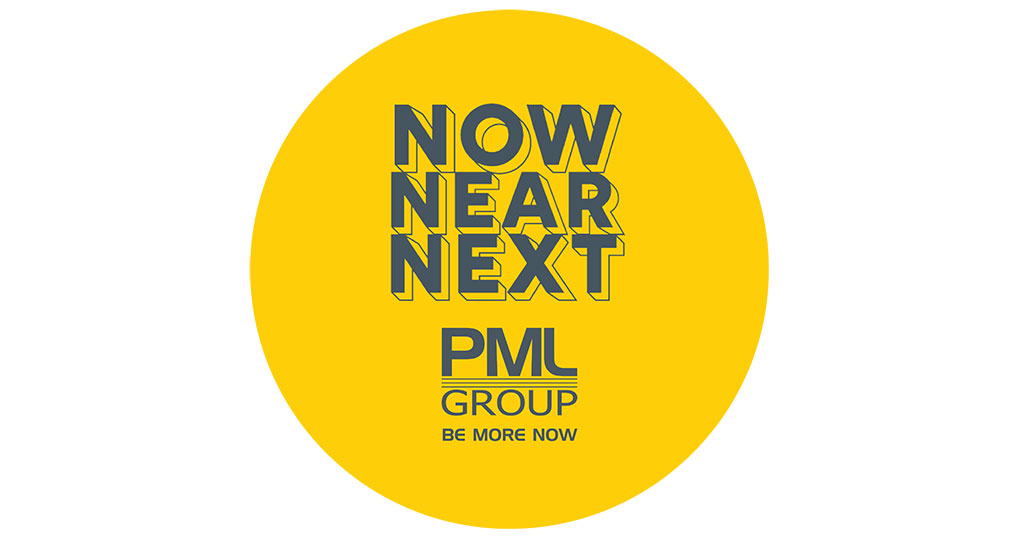
Niamh Manning, Marketing Executive, PML Group with this week’s take from the world of Out of Home.
Understanding the Locals
In order to effectively deliver campaigns, it’s key to understand the audience, and build a picture of their lifestyle to enable a more targeted approach. With the belief that there is no single point of truth, we have multiple data sources to help develop this understanding. TGI allows us to better get to know a target group, delving into their brand preferences and typical buying patterns, as well as socioeconomic and demographic factors. Locomizer delivers anonymised aggregated data collected from app use on mobile phones, combining perfectly with our mapping software to detect hotspots of activity for people within certain affinity groups, e.g. DIY enthusiasts.
This layering of audience behaviours, locations and OOH formats leaves us capable of delivering strong campaigns. Across Ireland, we’ve seen a shift towards suburbanisation. Increasing numbers of people embracing the shops and services in their local region. New Statesman uses Manchester as an example of a ‘polo mint’ city. With a significant proportion of the population now working from home rather than commuting to larger cities, those audiences have been displaced to their local high streets. In the Manchester example, it’s the surrounding towns like Bury, Rochdale and Stockport which are seeing growth, albeit affected by the levels of capital seen within each town.
In this week’s Now Near Next we highlight continuing trends in mobility and discuss how brands can connect with audiences locally through OOH as the new Level 5 restrictions bring us closer to home.
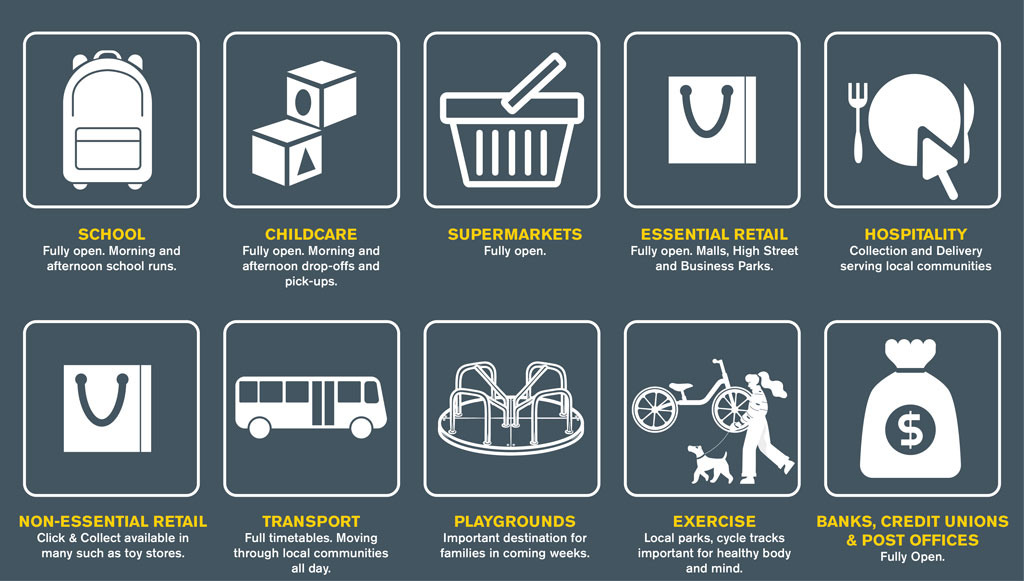
Locomizer – Matching Audiences to Locations
Latest data from Locomizer, based on analysis of mobile phone location data via anonymised app reporting, shows that auto mobility levels, which are calculated though a combination of mobile users, time, and signals, were, over the week to last Sunday, at 66% of where they were pre-COVID-19. This is over four times the level of mobility reported during the initial lockdown period in April (16%) and nearly double that witness in the first half of May (35%) when the 5km limit was also in place.
The heatmap below shows auto signals across Dublin over seven days (Tuesday 20th – Monday 26th October).
Auto
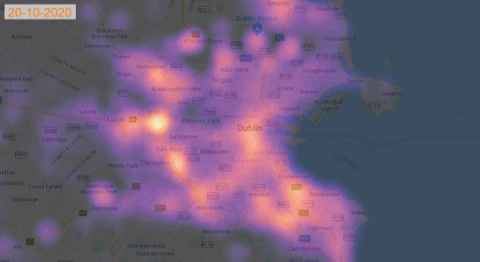
It confirms activity in and around key retail destinations including Dundrum, Blanchardstown and Liffey Valley while also reporting strong city centre auto mobility which encompasses both cars and buses. This is particularly on Wednesday 22nd just prior to Level 5 while retail hubs and coastal areas feature prominently across the bank holiday weekend. This is also reflected in pedestrian mobility patterns with destinations such the Phoenix Park and St Anne’s Park being particularly popular with the weekend walker.
Pedestrian
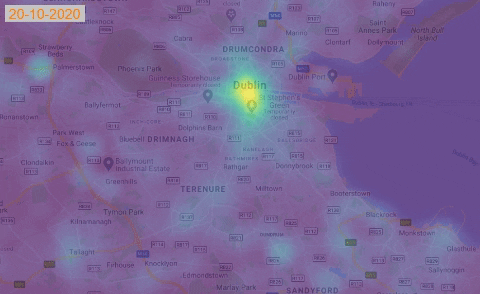
A key difference between Level 5 and first lockdown period is that schools are remaining open. Thus, a true comparison is difficult this week during Halloween holidays, so we have taken data from last Friday 23rd Oct and compared to Friday 3rd April (prior to traditional Easter School Holidays) to give a truer picture.
Here’s a summary:
TomTom Traffic Index
The TomTom Traffic Index provides detailed insights on live and historic road congestion levels in cities around the world. Congestion level on Friday 23 Oct in Dublin at 32% was double the 16% reported on Friday 3rd April. It is 36% less than standard daily congestion times in 2019.
Apple Mobility Trends
Apple’s routing requests mobility data on Friday 23rd October shows driving in Ireland was 102% higher than that recorded on Friday 3rd April. It is 36% less than routing requests taken 13 January 2020 which is pre COVID baseline.
In the Neighbourhood
With the new restrictions placing a 5km limit on travel, our local vicinity takes on new resonance and importance as people begin to work, shop, and play more locally (again).
However, with schools, a broader range of retail outlets and services such as click and collect and takeaway options all remaining open, audience mobility is less restrictive than in March and suburbia will be a hive of potential audiences.
These enforced behavioural changes and the shift back to local environments affect where advertisers communicate with audiences. Out of Home’s audience has dispersed from an urban-centric base to a more suburban, localised setting.
As people spend more time in and around their communities, a new sense of discovery prevails with people garnering a newfound appreciation and awareness for their local areas and environments.
This is evident in research undertaken by our Posterscope colleagues in the UK. The study, entitled “The Mobility Mindset”, revealed how people have become more appreciative of their local surroundings since the pandemic and this, in turn, has prompted heightened awareness of Out-of-Home advertising.
The research found 70% of UK consumers now pay more attention to what is going on around them, particularly in their local areas (65%). And this seems to be making consumers more open to OOH advertising with 40% of the respondents saying they feel more favourable or positive towards brands that currently use OOH than before the pandemic.
A similar study from the Out of Home Advertising Association of America (OAAA) found nearly half (45%) of American adults are noticing OOH ads more than before the pandemic began. While two-thirds (69%) revealed a growing awareness of their surroundings.
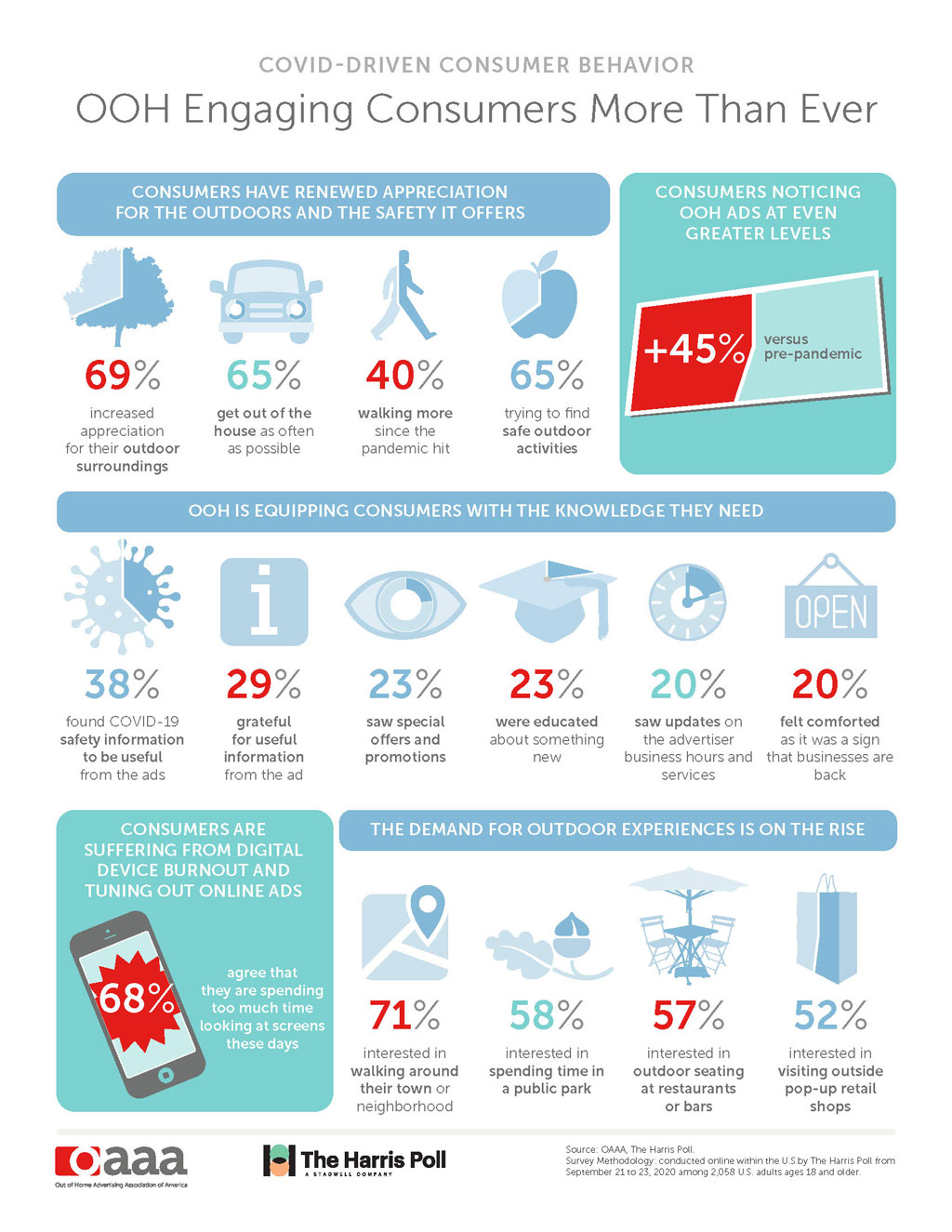
In the last lockdown, our local areas took on a new meaning and purpose, and with sporting activities and travel restricted, exercising outdoors was an important source of leisure and a means of getting out and about.
Sport Ireland, the State body charged with promoting sports, commissioned Ipsos MRBI to carry out a survey of walking habits during the last lockdown phases – before the 1st set of restrictions came into place, when schools shut and finally when the ‘Stay at Home’ order came into place at the end of March.
Overall, three-quarters (78%) of people reported they were walking more, up from 65% pre pandemic. Dubliners increased their walking by 20% during the lockdown with 60% stating they walked recreationally before the restrictions rising to 80% during the tightest restrictions.
Elsewhere, the rest of Leinster witnessed a jump to 82%, Munster 76% and Connacht/Ulster jumping to 71%. Those under 45 were found to be the most likely to be walking more as was higher income middle class earners.
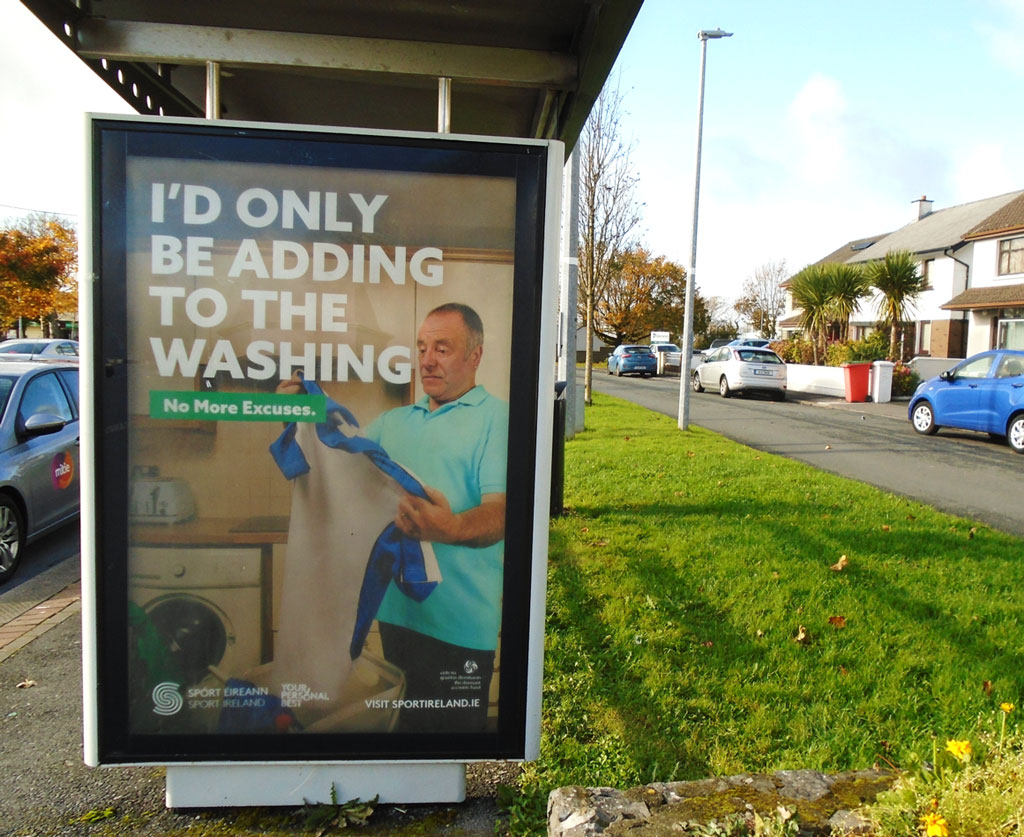
In the last lockdown, our local areas took on a new meaning and purpose, and with sporting activities and travel restricted, exercising outdoors was an important source of leisure and a means of getting out and about.
Sport Ireland, the State body charged with promoting sports, commissioned Ipsos MRBI to carry out a survey of walking habits during the last lockdown phases – before the 1st set of restrictions came into place, when schools shut and finally when the ‘Stay at Home’ order came into place at the end of March.
Overall, three-quarters (78%) of people reported they were walking more, up from 65% pre pandemic. Dubliners increased their walking by 20% during the lockdown with 60% stating they walked recreationally before the restrictions rising to 80% during the tightest restrictions.
Elsewhere, the rest of Leinster witnessed a jump to 82%, Munster 76% and Connacht/Ulster jumping to 71%. Those under 45 were found to be the most likely to be walking more as was higher income middle class earners.
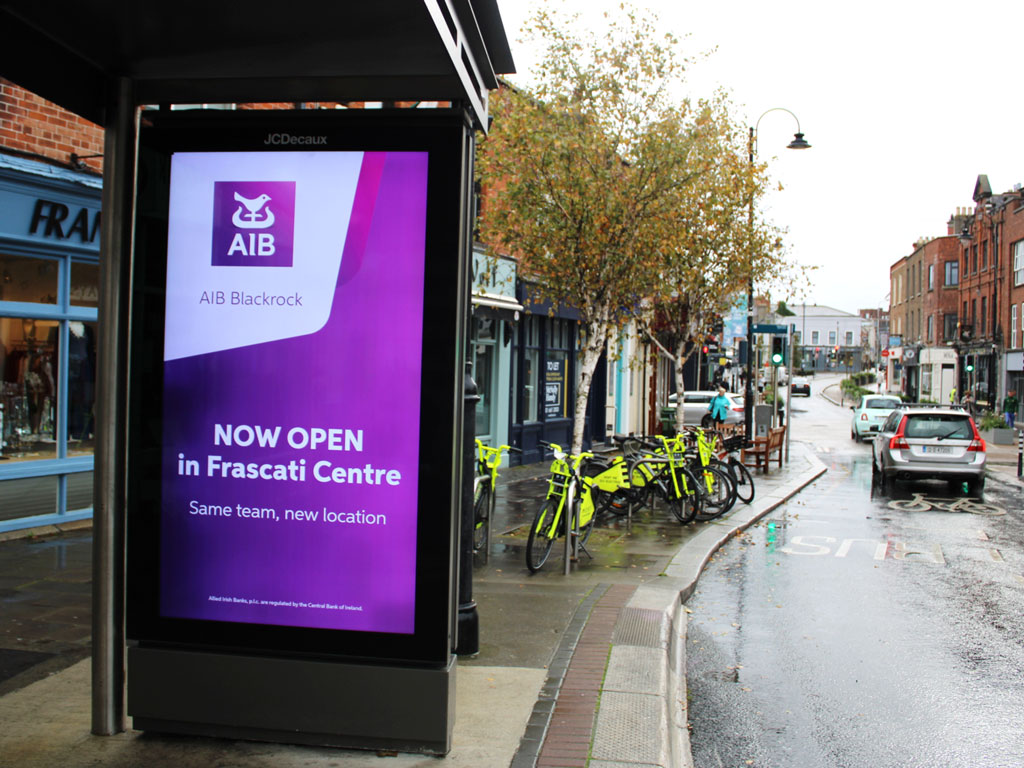
As we navigate through our vicinity and stay closer to home, OOH’s expansive network in communities and suburban settings provides ample opportunity for advertisers to connect with audiences through various local OOH touchpoints.
Shifting targeting to concentrate on local areas and locality, brands can capitalise on this uplift in OOH awareness and move to a more localised approach, using advertising at the local shop or petrol station forecourt, or large and small formats in a residential area. These formats, which we pass on our way to pick up some milk, or while out for a walk, have high levels of coverage and frequency, and offer strong brand building capabilities.
Advertisers can take localised advertising one step further by also integrating tailored, hyper local communications such as location shout-outs or local store availability that can create even more memorable and relatable messaging.
By delivering and targeting selective OOH locations that tend to local audiences, OOH is most certainly the right medium to make a local impact.




















